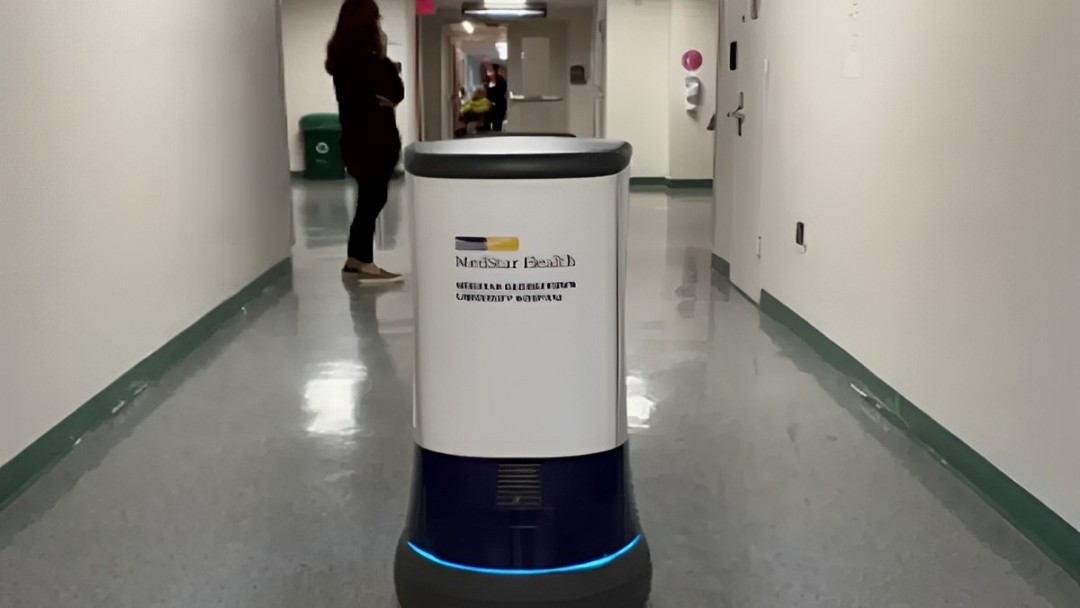Robots making cancer care safer, faster, and more efficient.
When you think of life-saving innovations in medicine, Star Wars-inspired pharmacy robots might not be the first thing that comes to mind. But at MedStar Georgetown University Hospital, cutting-edge technology is blending science fiction with real-world healthcare to change the way medications, especially for cancer patients, are prepared and delivered.
Meet “Luke,” a hardworking robot named after the iconic Jedi, who’s taking on the galaxy—or, more precisely, chemotherapy medication—one patient at a time.
Pharmacy Robots: The Heroes Behind the Scenes
Gone are the days of solely relying on pharmacy technicians to manually handle the intricate and often dangerous process of preparing medications. At MedStar Georgetown, robots like Luke are stepping up to the plate with precision and efficiency. Here’s how they’re making a difference:
Safety First: These robots minimize human exposure to hazardous chemotherapy drugs, reducing risks like accidental spills and contamination.
Error Reduction: Equipped with barcode scanning technology, robots ensure the right medication reaches the right patient in the correct dose.
Time Efficiency: Robots cut chemotherapy preparation time in half, allowing for faster treatment.
For example, while Luke diligently delivers life-saving chemotherapy to the hospital’s infusion suite, another specialized robot in the oncology infusion pharmacy is busy compounding the medication, sparing human technicians the task of handling toxic substances.
Meet KIRO: The Eight-Hour Superstar
Another star in this robotic revolution is KIRO, a robot introduced in August. KIRO works an eight-hour shift daily, preparing up to 40 chemotherapy treatments. With a workload like that, KIRO is a productivity powerhouse.
And the results speak for themselves. Studies reveal that robotic pharmacies can reduce medication errors by 80%, making treatments safer for patients while giving pharmacists more time to focus on clinical care instead of manual compounding tasks.
Looking Ahead: What’s Next for Robot-Assisted Pharmacies?
The future for robotics in healthcare is incredibly promising. At MedStar Georgetown, plans are underway to expand automation further. Imagine robotic shelves that can locate and dispense medications at lightning speed, eliminating the need for technicians to manually retrieve them.
It’s not just about chemotherapy, either. Across the U.S., robots are assisting hospitals with tasks like patient check-ins, delivering CPR, and even transporting patients.
The vision is clear: advanced technology is transforming hospitals into hubs of innovation.
A New Hope for Healthcare
At MedStar Georgetown, robots like Luke and KIRO are more than just machines—they’re symbols of how cutting-edge technology is making cancer care smarter, faster, and safer. By combining precision engineering with the expertise of healthcare professionals, these pharmacy bots are turning science fiction into everyday reality.
So, the next time you think of robots, remember this: they’re not just in the movies. They’re here, in hospitals, saving lives—one dose at a time. May the (pharmaceutical) force be with us all.





